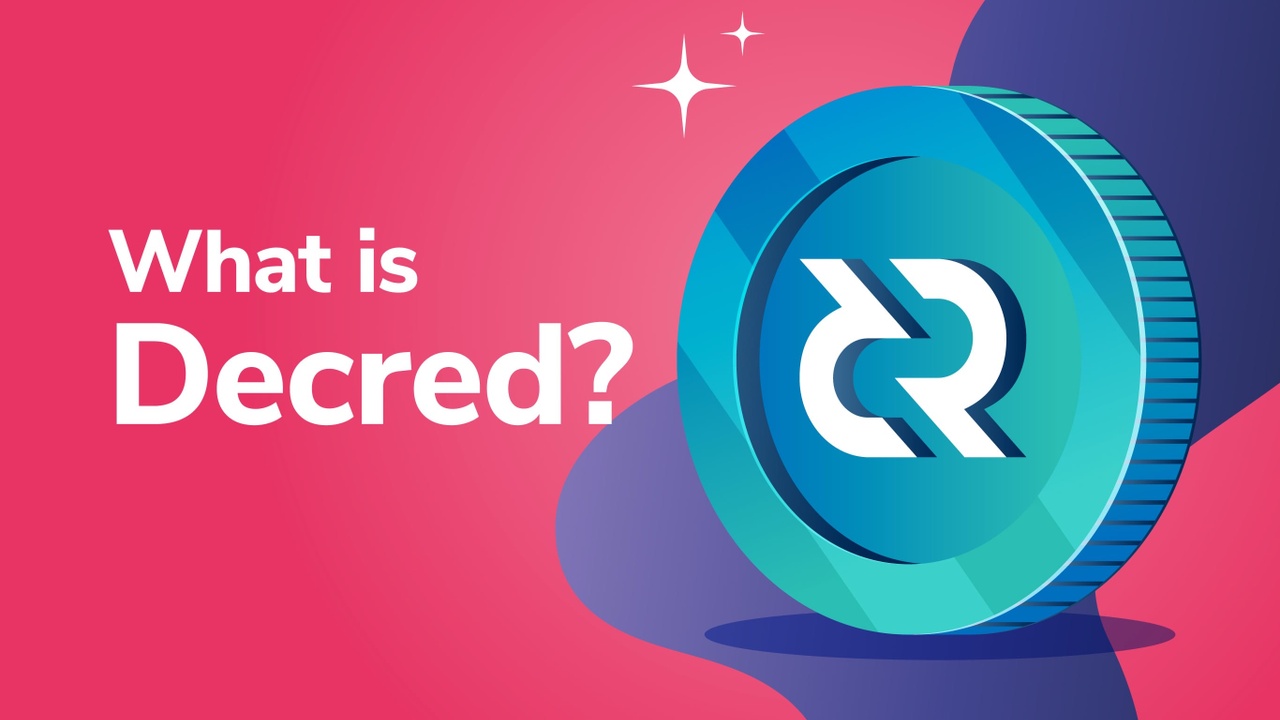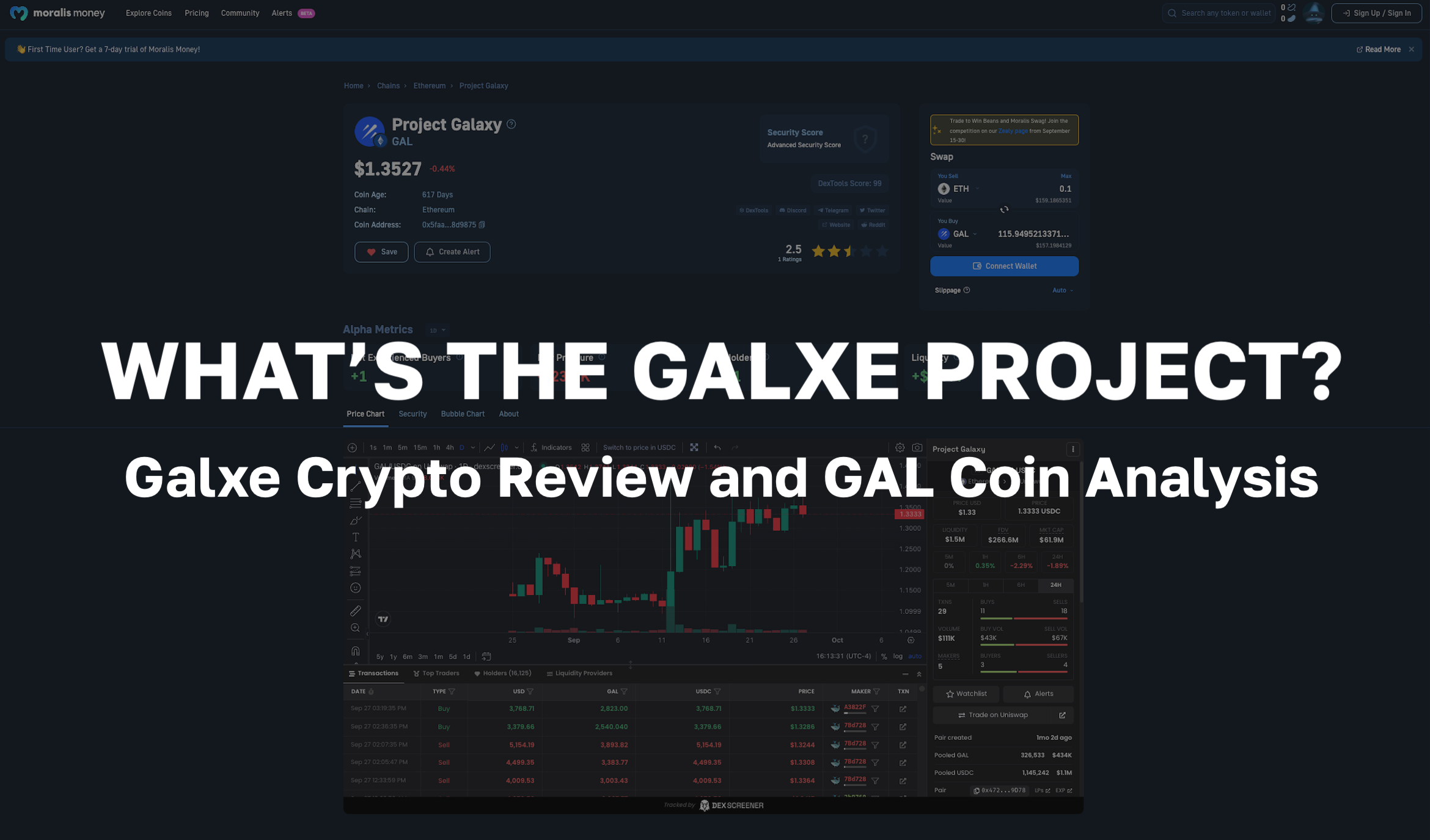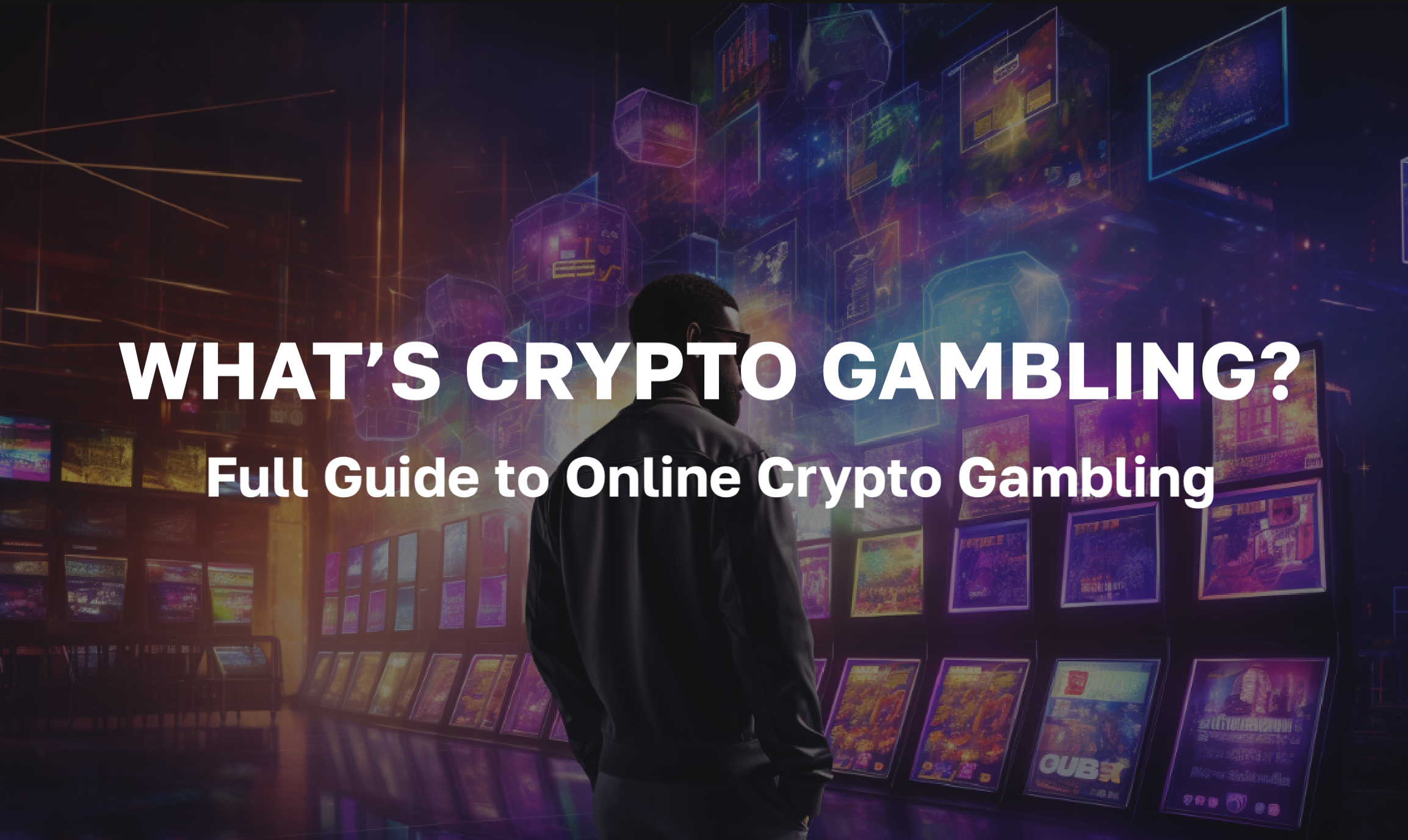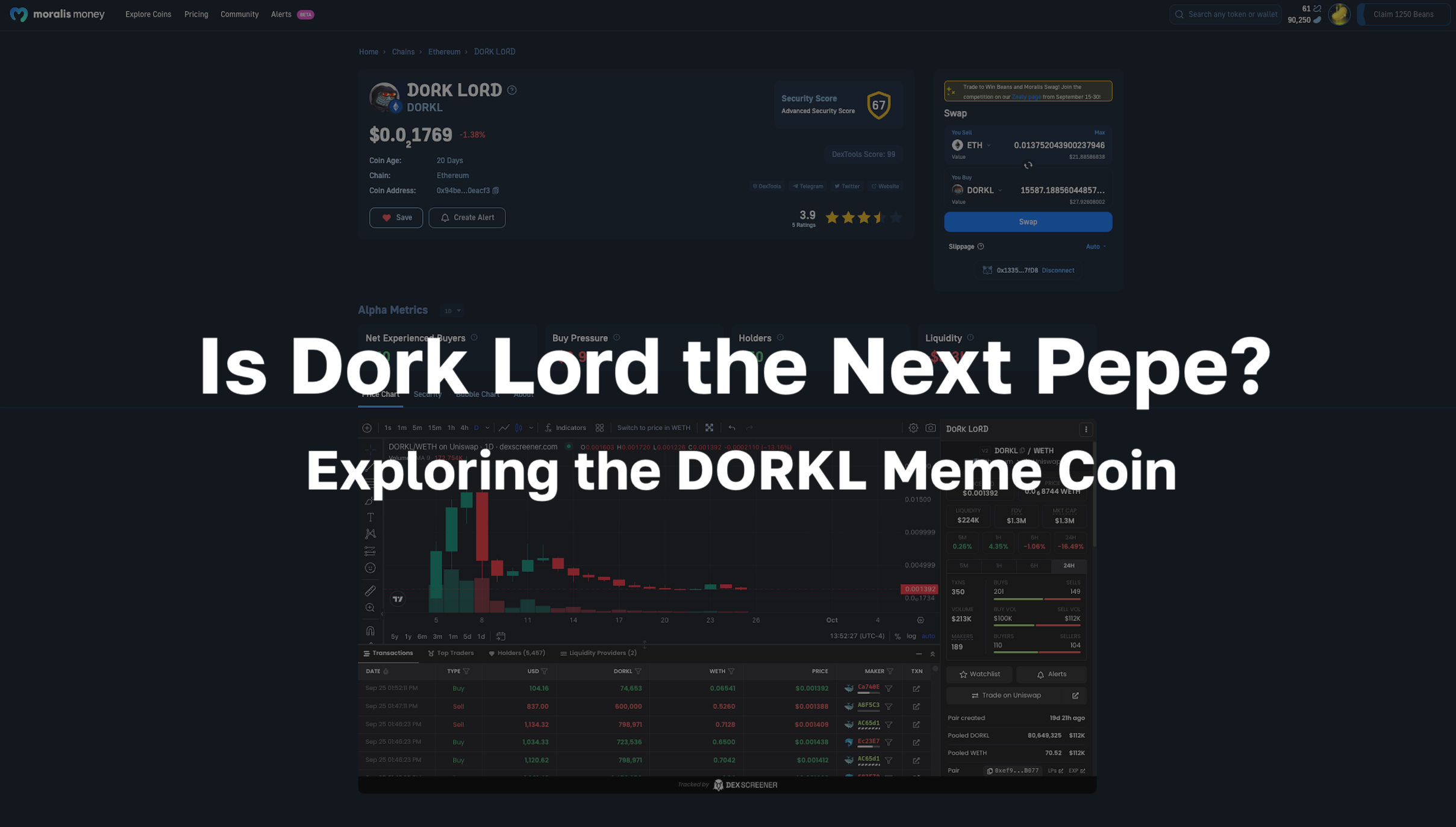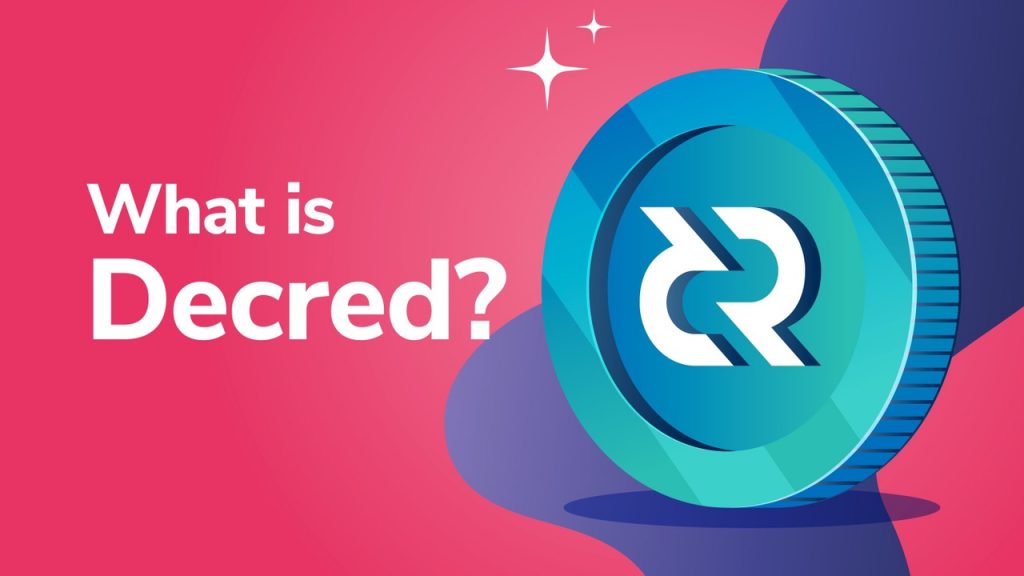
Decred (DCR) is an autonomous digital currency that has been on a lot of people’s minds all through 2021. The decentralized cryptocurrency has recently seen an uptick in adoption that has spurred a substantial price rally. The Decred blockchain is a variant of the Bitcoin codebase and is, as such, often compared to this premier cryptocurrency. The variety of ways to interact with the Decred Wallet (DCRWallet) means Decred-based transactions are accessible to almost anyone. Moreover, the driving force of Decred is decentralization. As such, the project uses a unique hybrid consensus algorithm, alongside the Politeia platform introduced by Decred in 2018 to help facilitate this. Politeia allows Decred DCR coin holders to vote on updates and proposals to the Decred platform.
In this article, we’re going to dive deep into the Decred ecosystem, exploring the different applications and use cases for the Decred blockchain. Also, we’ll discuss the background of the project and its core values. Moreover, we’ll explore what makes the DCR coin so special, and the different protocols Decred uses to maintain complete decentralization.
The name Decred was created by combining the words ‘decentralized’ and ‘credits’. The team felt these words best represent the Decred philosophy and refers to the word ‘credit’ describing “money as it once was”. To gain an understanding of the full history of money, see the Bitcoin Money Revolution course at Ivan on Tech Academy. Here you can explore the different mediums of exchange used over the years, from bartering to Bitcoin.
Once you’ve gained this knowledge, check out the Fintech 101 course to discover how finance and technology are intertwining. Ivan on Tech Academy has a broad range of courses catering to all blockchain educational needs.
Decred Background
In April 2013, a proposal was made within the Bitcointalk forum for a cryptocurrency known as Memcoin2. A user by the name of “tacotime” proposed to form a new cryptocurrency. This view was shared with other Bitcointalk users by the names of “_ingsoc” and Jake Yocom-Piatt.
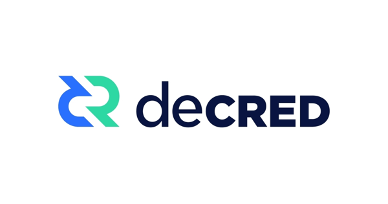
The trio formulated a plan to develop a hybrid Proof-of-Work (PoW) and Proof-of-Stake (PoS) consensus mechanism for Memcoin2. This resulted in an entirely new project, Decred. The result was an equitable, highly secure hybrid PoW/PoS consensus mechanism built using the btcsuite codebase, a variant of the Bitcoin codebase. However, Decred is not a fork of Bitcoin. Rather, it is a sovereign blockchain and an independent cryptocurrency.
Work began on the Decred project in February 2014, with the mainnet launching in February 2016. This was achieved using an airdrop and a modest premine to kick-start the Proof-of-Stake (PoS) element of the project while establishing a broad community of investors and compensating early contributors. As such, the project began and has remained a transparent and highly decentralized network.
Decred Governance
The new Decred hybrid consensus model developed a Proof-of-Stake (PoS) governance system. Using this system, users can opt to lock up their DCR coins for a specified period that will allow them to participate in a lottery to determine who is included in the consensus mechanism for each block. These participants are known as stakeholders.
For each block mined, a new round of lottery winners will be invited to vote on the changes to the consensus mechanism. This helps to create an element of decentralization, allowing stakeholders to make decisions about the future of the project.
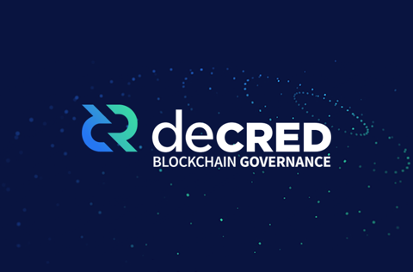
Whereas Proof-of-Work (PoW) consensus mechanisms tend to rely on miners for protocol governance, Decred requires the consensus of both miners and stakeholders to maintain the security of the network. This means all token holders gain voting rights, while reducing the chance of ‘whale’ governance manipulation.
Politeia
The Politeia platform was introduced in 2018 to assist in the long-term governance of the Decred ecosystem. Politeia is responsible for the various governance processes and proposals brought forward by Decred stakeholders. It has allowed Decred to transition to a Decentralized Autonomous Organization (DAO).
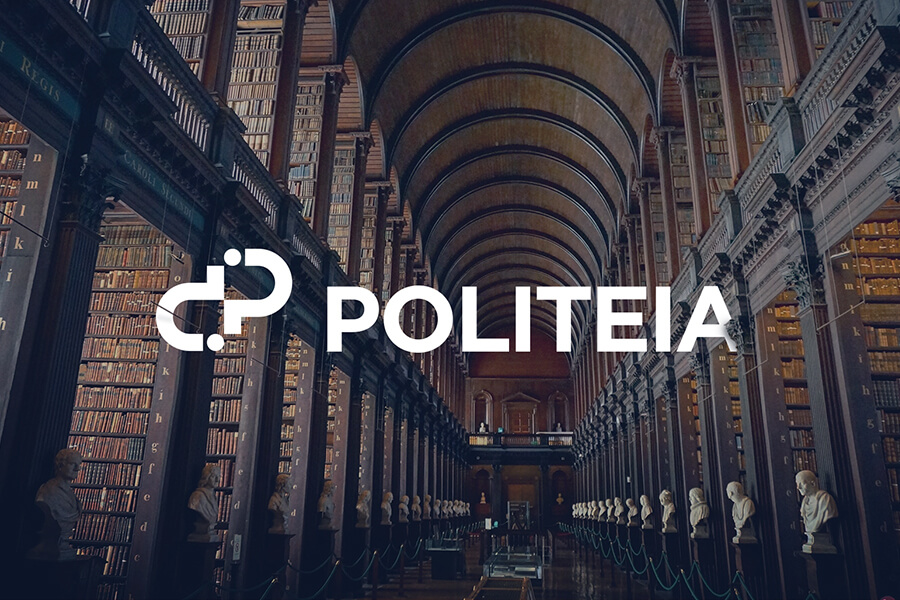
The Decred DAO makes it easy for anyone with useful skills and knowledge to be compensated for contributing to the ecosystem. This is achieved by stakeholders voting on proposals on the Politeia platform.
Rather than being evaluated on reputation or academic qualification, Decred community members are judged on their input and contribution to the ecosystem. Members are free to be flexible in their commitments to the project, making it easier to try it out before making any major commitments that might not be sustainable. As such, this creates an on-ramp for new users with mutually minimal risk to the Decred ecosystem.
How Does Decred Blockchain Work?
The Decred blockchain ecosystem is designed to be secure, adaptable, and sustainable. Below are the core values of the Decred ecosystem explained in further detail.
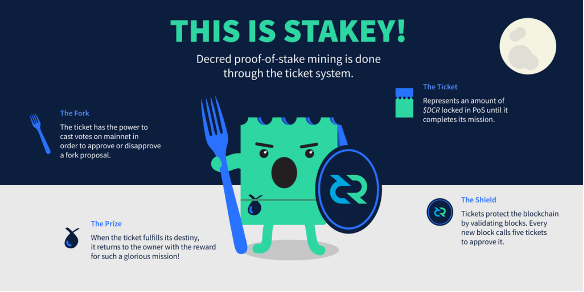
- Security
The hybrid Proof-of-Work (PoW)-Proof-of-Stake(PoS) consensus mechanism employed by Decred makes it substantially more costly to attack than other PoW or PoS consensus-based blockchains.
- Adaptability
The governance model adopted by Decred allows proposals to be considered and put into action quickly, and fairly. Furthermore, the Decred governance systems make it easy for the Decred blockchain ecosystem to evolve and adapt in line with the ebbing tides of the blockchain industry. Moreover, these systems make Decred resistant to forks, while making it easy to integrate new features in the future.
- Sustainability
The Decred ecosystem is geared towards long-term goals and sustainable growth. The project has taken a firm stance from day one about decentralization. This is apparent in the self-funding solution Decred has created to minimize the shortcomings that often come with traditional funding issues for crypto projects. This means that 10% of all block rewards generated on the Decred blockchain are allocated to a treasury created for the future development of the project.
If you’d like to understand how the Proof-of-Work consensus algorithm operates on a deeper level, see the Blockchain & Bitcoin 101 course at Ivan on Tech Academy! This course provides a video-guided breakdown of the basics of blockchain technology. Also, the Ethereum 101 course is ideal for newcomers looking to learn about the history and backbone of decentralized finance. Join over 30,000 students enrolled at Ivan on Tech Academy to start your journey in crypto today!
Decred Coin (DCR)
Decred’s DCR coin is at the heart of the Decred ecosystem, with each DCR token representing a voting right. Similar to Bitcoin, there is a maximum supply cap of 21 million DCR coins to be mined. The current circulating supply is just over half of this at 12.7 million, according to CoinGecko.
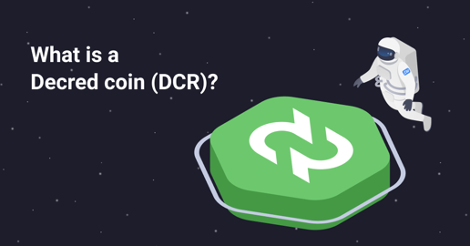
The DCR coin launched in 2016 at a price of around $0.95. During the previous bull market DCR peaked in January 2018 at $139, following a sharp decline to around $9 in the bear market that followed. After bottoming out in March 2020, the Decred DCR coin has since surpassed its previous all-time high of 2018. DCR now sits at approximately $180 at the time of writing.
Decred Decentralized Exchange DCRDEX
The DCR coin is available to trade on many exchanges, including major centralized exchanges Binance, KuCoin, and Huobi. However, Decred has created its own decentralized exchange (DEX), called DCRDEX.
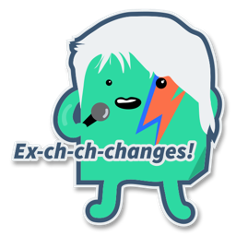
DCRDEX uses atomic swaps with Decred, Bitcoin, Ethereum, and Litecoin trading pairs. The permissionless DEX needs to be downloaded to use as a desktop client. DCRDEX offers zero trading fees and makes use of the Lightning Network payment channels to facilitate scaling with future adoption.
Lightning Network
The Lightning Network is a layer 2 scaling solution built on top of the Bitcoin blockchain, following the implementation of SegWit in 2017. The introduction of the Lightning Network meant developers could build and deploy decentralized applications (dApps) with the security of the Bitcoin blockchain, but with higher throughput and faster transaction confirmation times than the layer 1 blockchain. Among the most prominent use cases for the Lightning Network is payment channels, such as for the Decred exchange, DCRDEX.
If you’d like to learn more about how the Lightning Network operates and why the layer 2 solution is so fundamental in the next wave of crypto innovation, see the Lightning Network & Lightning App Programming course at Ivan on Tech Academy. Here, you’ll learn about the operational functions of the network and initiating and founding a payment channel. Moreover, this course provides you with the skills to develop your own Lightning Application (LApp) including programming channels and improvements.
Decred (DCR) Wallets
Decred offers desktop and mobile wallets, software compatible with hardware wallets, alongside another crypto wallet in development.
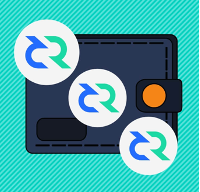
Decrediton
Decrediton is the desktop graphical user interface (GUI) used to interact with the DCRWallet. The wallet application will need to download the entire Decred blockchain (unless specifying SPV mode, explained below) and requires a fair amount of hard drive space on a device. However, doing so creates the opportunity to become a miner, receive rewards, plus voting and governance rights.
Mobile Wallets
The Decred Mobile Wallet is available as a download app for both iOS and Android. However, unlike the aforementioned desktop Decred wallet, the mobile wallet won’t download the entire Decred blockchain. Instead, the Decred Mobile Wallet operates using SPV mode which reduces the strain on resources and data plans from a phone. At present, users are unable to vote on proposals using the Decred Mobile Wallet.
SPV stands for “Simple Payment Verification” which creates the opportunity to use a Decred wallet without the need to download the entire Decred blockchain. Rather, SPV only downloads blocks relevant to a users’ address. SPV wallets connect directly to the Decred blockchain, removing any element of centralization. This is in comparison to “light” wallets, where the sending and receiving of Decred transactions depends on centralized API (application programming interface) services.
Kohola
Kohola, Hawaiian for ‘whale’, has been designed by Decred creators @peter_zen and @bgptr and is intended for expert users. Using Redux and React frameworks, the application is written in TypeScript and Go. Kohola is an alternative front-end graphical user interface (GUI) for the DCRWallet, including features not covered on Decrediton. These include coin control, solo staking support, encrypted configuration, and more!
Why Use Decred?
Decred is whole-heartedly invested in the decentralization of finance and currencies. The project has been designed from the ground up, to remove any centralized manipulation potential, and improve on the world’s number one cryptocurrency, Bitcoin. Similar to Bitcoin, the Decred DCR coin is also designed to be used as a store of wealth. However, Decred has taken this one step further by introducing voting rights to the coin.
Decred is among the most secure and sustainable blockchains in existence. The ethos of the project is to maintain the highest standard blockchain possible that is easy to use and equitable for both users and developers of the Decred ecosystem.
Decred Blockchain & DCR Coin Summary
Decentralization is the heart of the Decred ethos, constructed with security, adaptability, and sustainability as the three pillars upholding the infrastructure. Decred has been compared to Bitcoin many times over for its similar characteristics and store of value. However, Decred has been designed with improved decentralized utility.
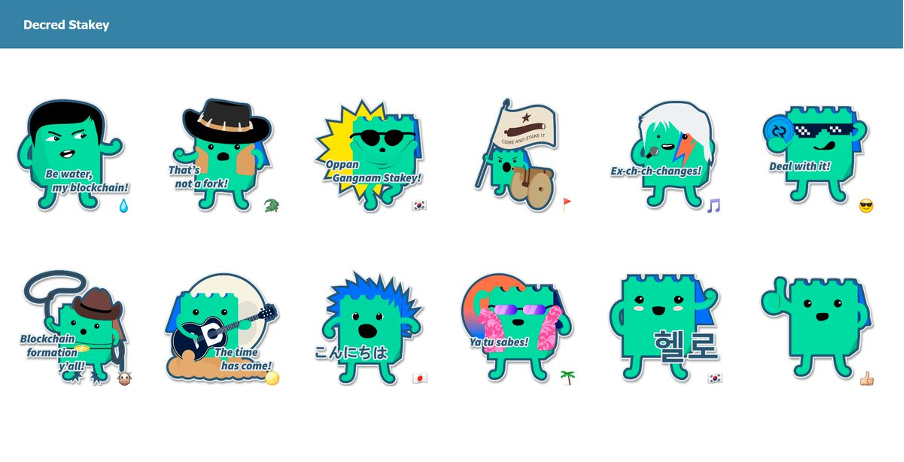
This has been achieved through introducing ‘ticket-holder voting’, giving all DCR coin holders voting rights. Moreover, this has been designed so that large companies or high-net-worth individuals can not achieve majority governance. Thus, the Decred blockchain is creating a completely decentralized network with minuscule possibilities of manipulation. The Decred project has seen the ups and downs of the previous bull and bear markets. However, the blockchain has remained strong, seeing increased adoption and development. Moreover, the continuous growth in the community and the adoption of Decred’s applications bodes well for the project’s future.
If you have yet to invest in cryptocurrency be sure to see our Crypto Basics course at Ivan on Tech Academy first. Here, you’ll learn how to safely create an exchange account, buy, trade, and sell cryptocurrency, alongside tips for how to avoid scams. From here, you’ll have enough understanding to explore our DeFi 101 course. This course teaches you how to set up and transfer funds into the most-used web3 wallet, MetaMask. Furthermore, you’ll learn how to use MetaMask across a variety of decentralized finance (DeFi) applications! Ivan on Tech Academy provides all the tools and resources needed to safely start investing in crypto, whilst creating an exciting and engaging learning environment! Also, if you haven’t already, make sure to follow us on Twitter @Academy_IOT. Join us and let us know your thoughts on Decred and DCR coin!
